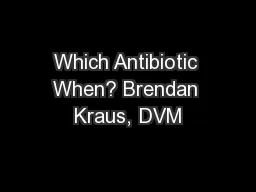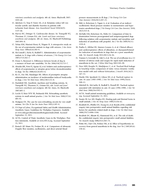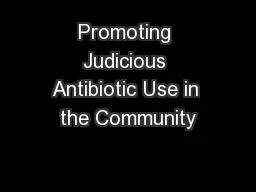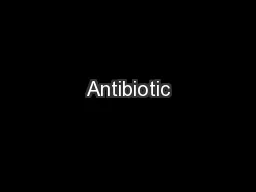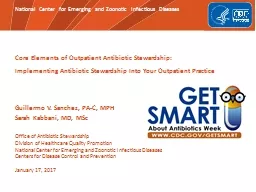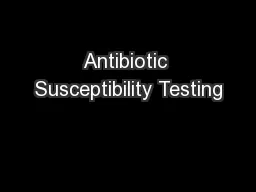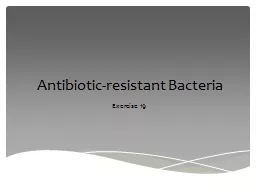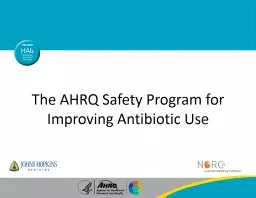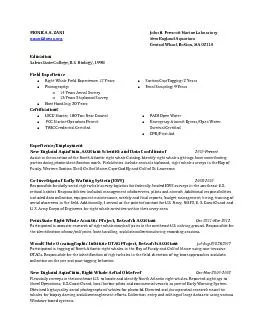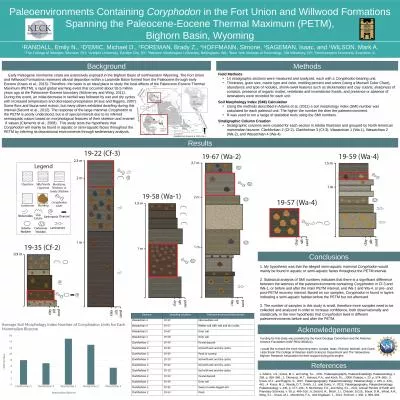PPT-Which Antibiotic When? Brendan Kraus, DVM
Author : conchita-marotz | Published Date : 2019-02-05
Classes of Antibiotics Beta Lactams Chloramphenicol Derivatives Floroquinolones Macrolides Sulfonamides Tetracyclines Types of Antibiotics Time Dependent Area under
Presentation Embed Code
Download Presentation
Download Presentation The PPT/PDF document "Which Antibiotic When? Brendan Kraus, DV..." is the property of its rightful owner. Permission is granted to download and print the materials on this website for personal, non-commercial use only, and to display it on your personal computer provided you do not modify the materials and that you retain all copyright notices contained in the materials. By downloading content from our website, you accept the terms of this agreement.
Which Antibiotic When? Brendan Kraus, DVM: Transcript
Download Rules Of Document
"Which Antibiotic When? Brendan Kraus, DVM"The content belongs to its owner. You may download and print it for personal use, without modification, and keep all copyright notices. By downloading, you agree to these terms.
Related Documents

